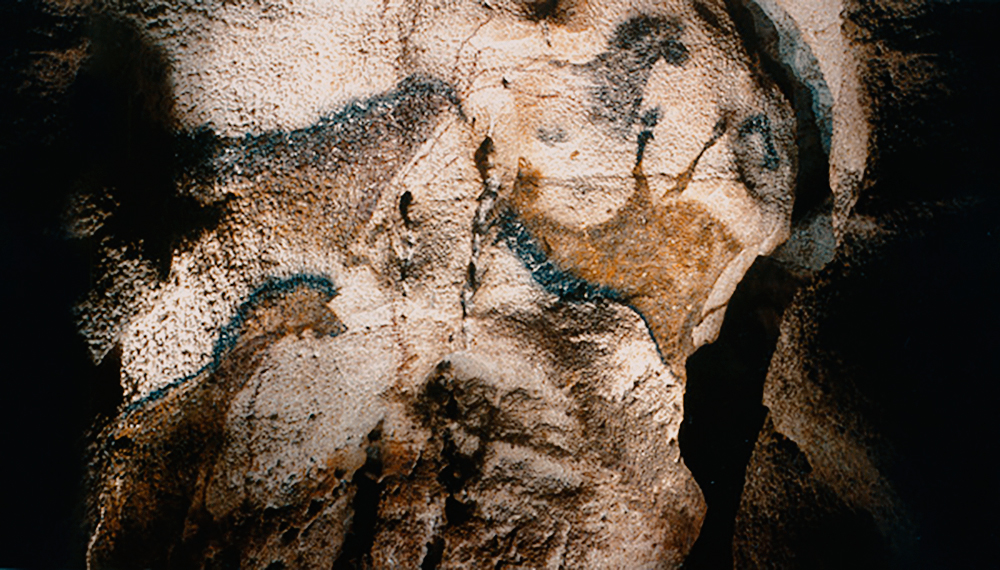
Uncover the Historic “Cave of Swimmers” in the Sahara Desert

**The Cave of Swimmers: Proof of Primeval Existence in a Formerly Lush Sahara**
The Sahara Desert, recognized as the largest hot desert globally, is an expansive, barren area comprised mainly of sand and rock across much of northern Africa. Bordered by the Mediterranean Sea, the Atlantic Ocean, and the Red Sea, this seemingly infinite territory is emblematic of dry terrains and blistering temperatures. Nonetheless, millennia ago, the Sahara presented a starkly different image—a verdant, thriving habitat rich in water and wildlife. An unexpected symbol of this contradiction can be found in a secluded cave on Egypt’s southwestern frontier: the **Cave of Swimmers**, an impressive indication of the ancient Sahara’s wetter, more inviting climate.
### Unveiling the Cave of Swimmers
Located within the **Gilf Kebir plateau**, the Cave of Swimmers was uncovered by Hungarian explorer **László Almásy** in 1926. This plateau, situated on the southwestern border of Egypt, stands out in a landscape dominated by rocky inclines and dunes, safeguarding its hidden treasure of prehistoric artistry.
Within one of the two adjacent caves, referred to as Wadi Sura, ancient **rock art** has fascinated archaeologists and art historians for many years. The well-preserved artworks illustrate a range of scenes from the everyday life of **Neolithic societies** that once called this area home. Handprints, representations of animals—such as giraffes—and human figures grace the cave walls, providing valuable information about the environment and cultural practices of that epoch.
### The Swimming Figures
The most captivating aspect of the rock art is a particular scene highlighting human figures in unusual positions. These figures appear to exhibit **raised heads**, **extended arms**, and **trailing legs**, prompting many to interpret the depiction as a representation of **swimming**. This interpretation led to the cave’s evocative title—**The Cave of Swimmers**.
The notion of humans swimming in what is now one of the most uninhabitable regions on Earth invites further examination of the **Sahara’s ancient climate**. Geologists and climatologists have long proposed that during the **Neolithic era**, the Sahara experienced significantly wetter conditions than it does now. Roughly **10,000 years ago**, the area’s environmental circumstances were considerably more favorable for human settlement, featuring extensive **savanna landscapes**, lush plant life, and crucially, **water bodies**, including lakes and rivers. These historically inundated regions would have been refuges for human life, making swimming a likely and possibly commonplace activity for the area’s inhabitants.
### Discourse Among Scholars
Nevertheless, while much evidence supports the view that early Saharan societies thrived in wetland environments, a **conversation exists** among scholars regarding the true meaning behind the cave’s “swimmers” and the chronology of the artwork. Some researchers have suggested that the figures might not signify swimming but could instead be **symbolic**, potentially representing a spiritual or ceremonial movement rather than a practical one. Additionally, questions arise as to whether the region’s water sources had vanished by the time the art was created, implying it could symbolize **reminisced** or **idealized** moments rather than contemporary existence.
Regardless, the presence of nearby ancient **lakebeds** and fossil records indicates periodic wet phases that would have introduced Neolithic communities to water-rich landscapes, thus familiarizing them with practices such as swimming.
### Wider Implications: Climate Change and Human Resilience
Regardless of whether the swimming figures reflect actual human swimmers, the art within the Cave of Swimmers contributes to a more comprehensive tale of human adaptation to rapid environmental changes. The transition from a lush, fertile Sahara to today’s **arid** desert illustrates significant climatic transformations that transpired over thousands of years. This shift directly influenced human groups, compelling them to relocate, adapt, or become extinct.
The artwork in the cave, therefore, transcends mere anthropological interest—it presents a window into the experiences of early humans whose existence underwent tremendous environmental alterations. Although modern-day Sahara is a location few would connect with swimming, the illustrations in the Cave of Swimmers remind us of the stark contrast to its previous state.
### Enshrined in Popular Culture
The discovery of the cave holds weight not only within academic circles but also permeates popular culture. **László Almásy**, the Hungarian explorer, gained fame through the character of the same name in Michael Ondaatje’s novel and its film adaptation, *The English Patient*. Almásy’s finding of the swimming figures in the narrative echoes his actual expedition in 1926 into the Gilf Kebir, intertwining the cave with broader themes in literature and art.
### Closing Reflections
The **Cave of Swimmers** stands as a breathtaking visual testament from an era when the Sahara flourished as a vibrant ecosystem. While the actual interpretation of the “swimmers” remains open to discussion,